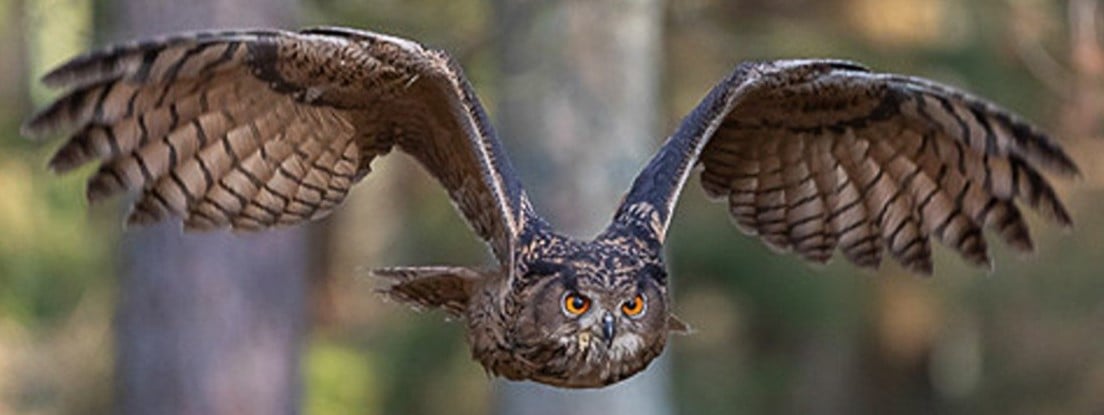Superbowl
For owls that are superb.

US Wild Animal Rescue Database: Animal Help Now
International Wildlife Rescues: RescueShelter.com
Australia Rescue Help: WIRES
Germany-Austria-Switzerland-Italy Wild Bird Rescue: wildvogelhilfe.org
If you find an injured owl:
Note your exact location so the owl can be released back where it came from. Contact a licensed wildlife rehabilitation specialist to get correct advice and immediate assistance.
Minimize stress for the owl. If you can catch it, toss a towel or sweater over it and get it in a cardboard box or pet carrier. It should have room to be comfortable but not so much it can panic and injure itself. If you can’t catch it, keep people and animals away until help can come.
Do not give food or water! If you feed them the wrong thing or give them water improperly, you can accidentally kill them. It can also cause problems if they require anesthesia once help arrives, complicating procedures and costing valuable time.
If it is a baby owl, and it looks safe and uninjured, leave it be. Time on the ground is part of their growing up. They can fly to some extent and climb trees. If animals or people are nearby, put it up on a branch so it’s safe. If it’s injured, follow the above advice.
For more detailed help, see the OwlPages Rescue page.
view the rest of the comments

Tl;dr - They're not plumicorns because they're part of the facial disc, not part of the top of the head.
The false plumicorns are controlled by the muscles of the facial disc, so they are moved by different muscles than true plumicorns. They also only seem to put them up during the day and only raise them at night when they're alerted to something.
It's more like an exaggerated forehead ridge, where if you'd scowl you'd get those forehead wrinkles. This pulls up the feathers, enhancing the owl's crest and making the cute little fake horns.
I'll post the pics from the PDF linked above. You should read it though. It isn't that long and is written by the discoverer and talks about how he discovered the owl and went about studying it and verifying it was indeed a new species. Really great article!
Juvenile in front
Unlike most owl species, these seem to roost together in pairs fairly often.
Faux-tufts relaxed
First captured specimen, male. The discoverer is on the right with the mustache.
Males have oranger eyes, female have more yellow.